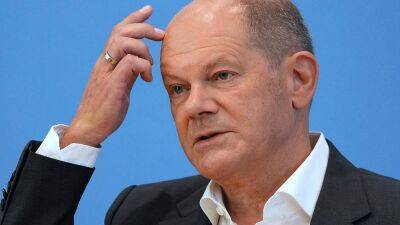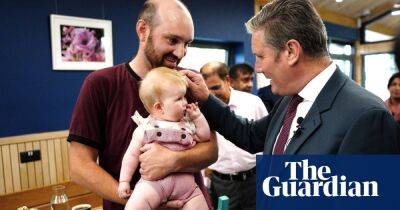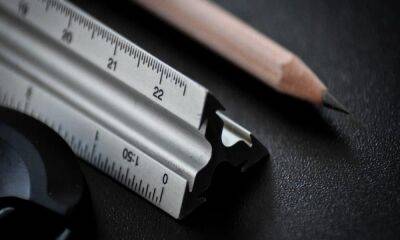Just one in 100 Tory MPs came from a working-class job, new study shows
Only about 1% of the current crop of Tory MPs entered parliament from a working-class job, according to new research that suggests a growing “representation gap” in parliament.
Just 7% of all MPs can be considered “working class”, compared with 34% of all UK working-age adults. While 13% of Labour MPs joined parliament from a working-class occupation, the proportion has halved since the 1980s.
The analysis, by researchers of the Institute for Public Policy Research (IPPR), comes as both parties go through the process of selecting candidates for the next election. The proportion of British people who are working class has also fallen, but the decline among MPs has been twice as fast.
The paper is the third in a series, in collaboration with the Observer, examining the steep decline in trust in politics and how it can be addressed. Previous studies have found that working-class representatives are more likely to support action to tackle economic inequality and support more redistributive policies.
The proportion of Conservative MPs with working-class job backgrounds has been well below 5% for at least the past 50 years. However, 28% of Labour MPs came from working-class jobs after the 1987 election – the proportion has since halved.
Angela Rayner, Labour’s deputy leader, called for cross-party action to improve access. “When I first went into parliament it was like going into Hogwarts,” she said. “It can be intimidating to think of all the people who have stood at the dispatch box before me, as well as mixing with people from huge wealth, privilege and with expensive education.
“Those working in insecure or low-paid jobs are less likely to have an employer who will give them flexibility or to be able to afford to take time off
Read more on theguardian.com





















